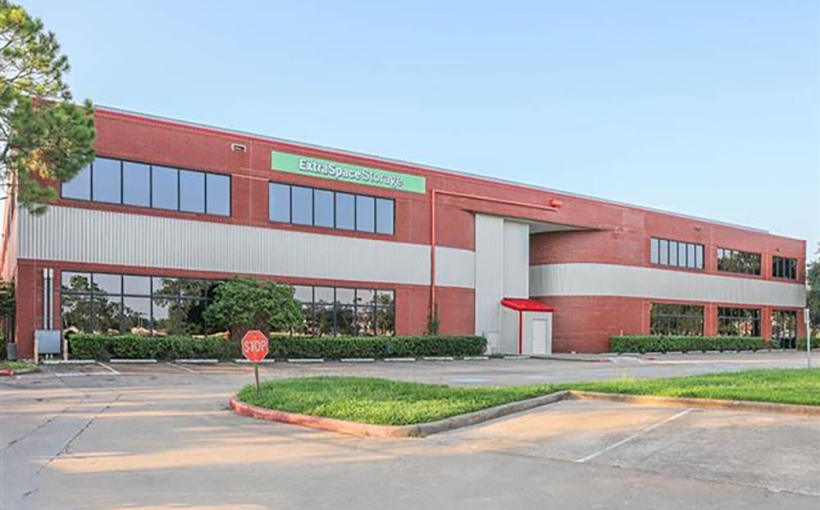The photo above shows 555 Bay Area Blvd. in Houston, which was originally an office building but has since been converted into a self storage facility in 2018. This transformation is just one example of the growing trend of adaptive reuse, where old buildings are repurposed for new uses.
While there has been much discussion about converting office buildings into residential or hospitality spaces, a recent report from StorageCafe highlights another form of adaptive reuse: turning former industrial structures and large retail spaces into self-storage facilities.
According to the report:
– Approximately 9% (191 square feet) of all U.S. self storage inventory is a result of adaptive reuse.
– About 78% of these conversions were previously industrial buildings, while 16% were former retail spaces.
– In almost half (49%)of cities with both purpose-built and adapted-reuse self storage facilities, converted properties offer more affordable rates.
One reason for this trend is that ground-up construction can be expensive due to high land costs and strict zoning laws in many cities. On the other hand, converting existing buildings can often be more cost-effective as it requires fewer materials and less complex construction work.
However, not all types of buildings are suitable for conversion to self-storage facilities. Factors such as structural integrity and ceiling height play important roles in determining whether a building can be successfully repurposed for this use. Industrial structures tend to have higher ceilings and open floor plans that make them ideal candidates for conversion compared to retail or office spaces which may require additional modifications.
Location also plays an important role when it comes to choosing potential sites for conversions. Many converted facilities are located within city limits making them easily accessible while also offering lower prices compared with purpose-built stores due to their location advantage over new developments.
Chicago leads the way when it comes to adapting older structures into modern-day storage units with over seven million square feet already transformed followed by New York City boroughs such as Brooklyn, Manhattan, the Bronx and Queens.
As urban areas continue to grow denser and land becomes scarce, self-storage conversions are likely to remain a popular option for developers. This allows them to meet the growing demand for storage in urban areas without having to acquire new land. With over half of all conversions occurring between 2014-2023 according to StorageCafe’s report, it is clear that this trend will continue as it meets both market needs and community goals.
“}]]



